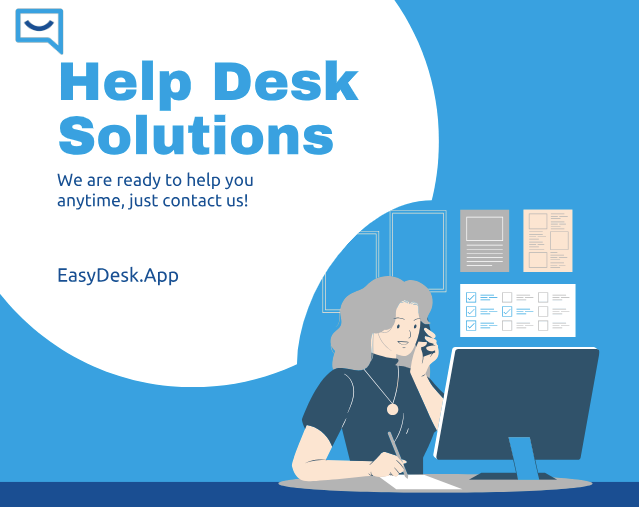Investing in helpdesk solutions can feel like a big step for any organization. While the benefits—faster response times, better communication, and improved customer experiences—are obvious, many businesses still struggle with one question: What’s the actual return on investment (ROI)?
The good news is that ROI from a helpdesk system can be measured with both quantitative data and qualitative improvements. This guide will walk you through how to calculate ROI and demonstrate the long-term value these systems bring to your business.
Why Measure ROI?
Measuring ROI ensures that your helpdesk isn’t just another expense—it’s a growth-driving asset. By analyzing metrics like cost savings, efficiency improvements, and customer retention, you can justify the investment to stakeholders and refine strategies for future success.
Key Metrics for Measuring ROI
1. Efficiency Gains
One of the most direct benefits of helpdesk software is increased productivity. Automation features such as ticket routing and status updates reduce manual tasks. By tracking average resolution times and ticket volumes, you can calculate how much time your team saves and translate that into labor cost savings.
2. Customer Satisfaction Scores (CSAT)
Happy customers stay longer and spend more. A well-implemented helpdesk improves first-response times and resolution quality, which directly impacts CSAT and Net Promoter Scores (NPS). Improved satisfaction rates often correlate with higher customer retention and lifetime value.
3. Cost Reduction
Helpdesk systems can significantly cut costs by reducing the need for large support teams, lowering call center expenses, and decreasing repeat inquiries through self-service options like FAQs and knowledge bases. Tracking these reductions provides clear financial evidence of ROI.
4. Agent Productivity
With features like shared inboxes, collaboration tools, and mobile access, agents can handle more tickets in less time. Monitoring tickets per agent per day before and after implementation highlights the system’s impact on workforce efficiency.
5. Customer Retention Rates
Customer churn is costly. By offering faster, more personalized support, helpdesk platforms help prevent dissatisfaction and reduce churn. Calculating how many customers are retained due to better service provides a strong measure of long-term ROI.
6. Revenue Impact
Enhanced support often leads to upselling or cross-selling opportunities. Satisfied customers are also more likely to recommend your business, generating new revenue streams through referrals. Though harder to measure, this indirect revenue is a critical part of ROI.
Formula for Calculating ROI
A simple formula to measure ROI is:
ROI (%) = (Net Benefit ÷ Cost of Investment) × 100
For example:
- If your business saves $50,000 annually through efficiency and cost reduction
- And you spend $20,000 annually on the helpdesk system
- ROI = (50,000 – 20,000) ÷ 20,000 × 100 = 150%
This means the helpdesk system generates 1.5 times its cost in measurable value.
Best Practices for Tracking ROI
- Establish KPIs before implementation.
- Compare performance metrics before and after adoption.
- Use feedback from both customers and agents.
- Continuously refine workflows to maximize benefits.
Conclusion
ROI isn’t just about financial returns—it’s also about customer loyalty, employee satisfaction, and operational efficiency. When implemented and measured correctly, modern helpdesk solutions deliver clear value by saving money, retaining customers, and empowering teams. In today’s competitive environment, proving ROI is essential, but the real win lies in creating better experiences that fuel long-term growth. Simply put, helpdesk solutions pay for themselves many times over.





Comments